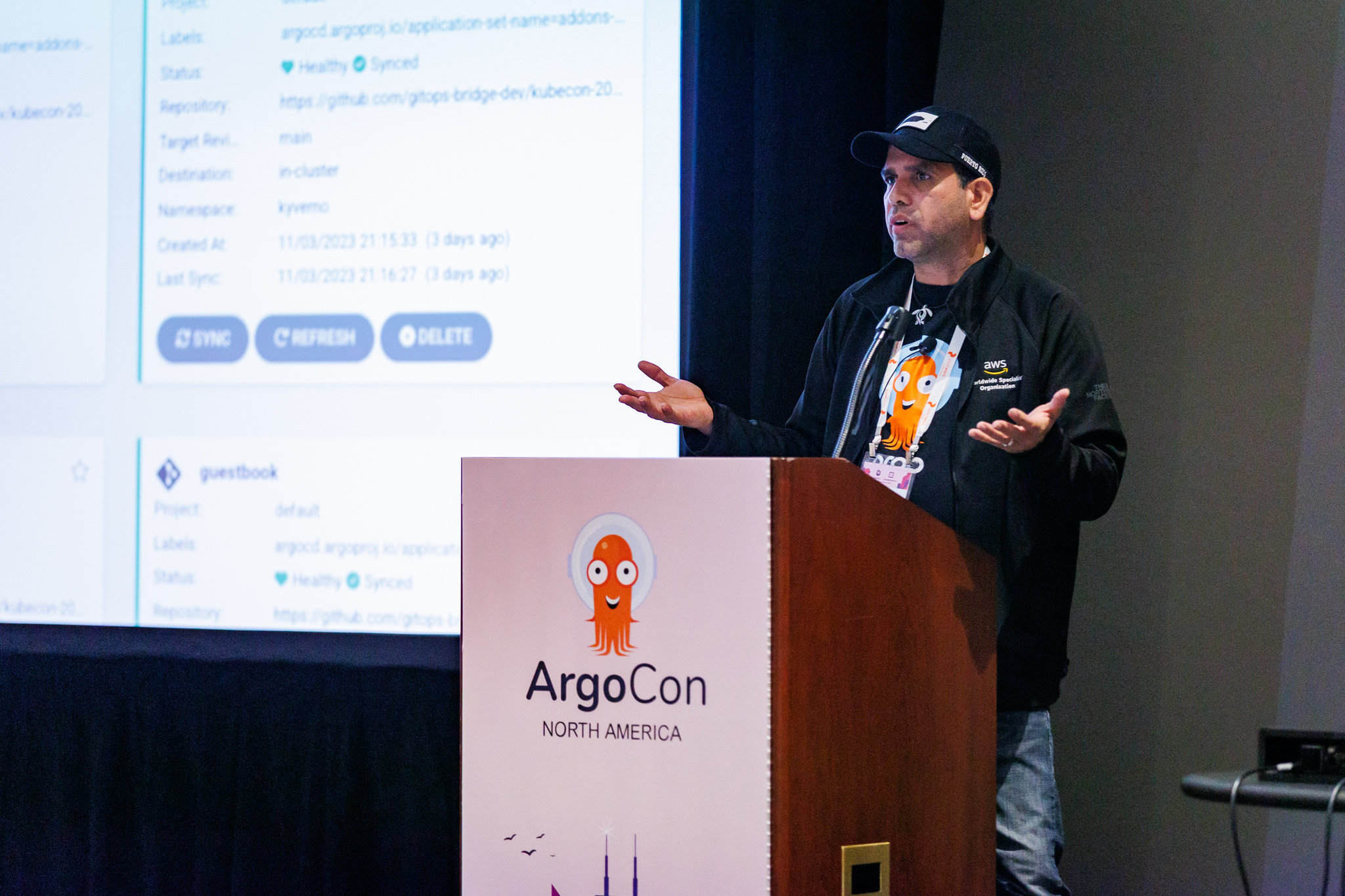 Frederico
Muñoz (FSM):Hello Carlos, thank you so much for your
availability.To start with, could you tell us a bit about
yourself? Carlos Santana
Frederico
Muñoz (FSM):Hello Carlos, thank you so much for your
availability.To start with, could you tell us a bit about
yourself? Carlos Santana
Author:Frederico Muñoz (SAS Institute) Learning Kubernetes
and the entire ecosystem of technologies around it is not without
its challenges.In this interview, we will talk with Carlos Santana (AWS) to learn a bit more about how he
created the Kubernetes Book Club, how it works, and how anyone can
join in to take advantage of a community-based learning experience.
 Frederico
Muñoz (FSM):Hello Carlos, thank you so much for your
availability.To start with, could you tell us a bit about
yourself? Carlos Santana
Frederico
Muñoz (FSM):Hello Carlos, thank you so much for your
availability.To start with, could you tell us a bit about
yourself? Carlos Santana
 Frederico
Muñoz (FSM):Hello Carlos, thank you so much for your
availability.To start with, could you tell us a bit about
yourself? Carlos Santana
Frederico
Muñoz (FSM):Hello Carlos, thank you so much for your
availability.To start with, could you tell us a bit about
yourself? Carlos Santana
Author: Kevin Hannon (Red Hat) A common issue in
running/operating Kubernetes clusters is running out of disk
space.When the node is provisioned, you should aim to have a good
amount of storage space for your container images and running
containers.The container runtime usually writes to
/var.This can be located as a separate partition or on
the root filesystem.CRI-O, by default, writes its containers and
images to /var/lib/containers, while containerd writes
its containers and images to /var/lib/containerd. In
this blog
Author:Peter Schuurman (Google) Kubernetes v1.26
introduced a new, alpha-level feature for StatefulSets that controls the ordinal
numbering of Pod replicas.As of Kubernetes v1.27, this feature is
now beta.Ordinals can start from arbitrary non-negative
numbers.This blog post will discuss how this feature can be used.
Background
StatefulSets ordinals provide sequential identities for pod replicas.When usingOrderedReady Pod management Pods
are created from ordinal index 0 Authors:Cailyn Edwards (Shopify), Mahé Tardy (Isovalent), Pushkar Joglekar
Since launching the Auto-refreshing Official CVE feed as an alpha feature in the 1.25 release, we have made significant improvements and updates.We are excited to announce the release of the beta version of the feed.This blog post will outline the feedback received, the changes made, and talk about how you can help as we prepare to make this a stable feature in a future Kubernetes Release.
Feedback from end-users
SIG Security received some feedback from end-users:
Author:Jeffrey Ying (Google), Antoine Pelisse
(Google) Before Kubernetes v1.8 (!), typos, mis-indentations or
minor errors in YAMLs could have catastrophic consequences (e.g.a
typo like forgetting the trailing s in
replica:1000
could cause an outage, because the value would be ignored and
missing, forcing a reset of replicas back to 1).This was solved
back then by fetching the OpenAPI v2 in kubectl and using it to
verify that fields were correct and present before
applying.Unfortunately, at that time, Custom Resource Definitions
didn’t exist, and the code was written under Weitere Beiträge ...
- Blog: Kubernetes 1.27: Query Node Logs Using The Kubelet API
- Blog: Kubernetes 1.27: Single Pod Access Mode for PersistentVolumes Graduates to Beta
- Blog: Kubernetes 1.27: Efficient SELinux volume relabeling (Beta)
- Blog: Kubernetes 1.27: More fine-grained pod topology spread policies reached beta
- Blog: Kubernetes v1.27: Chill Vibes
Seite 2 von 19